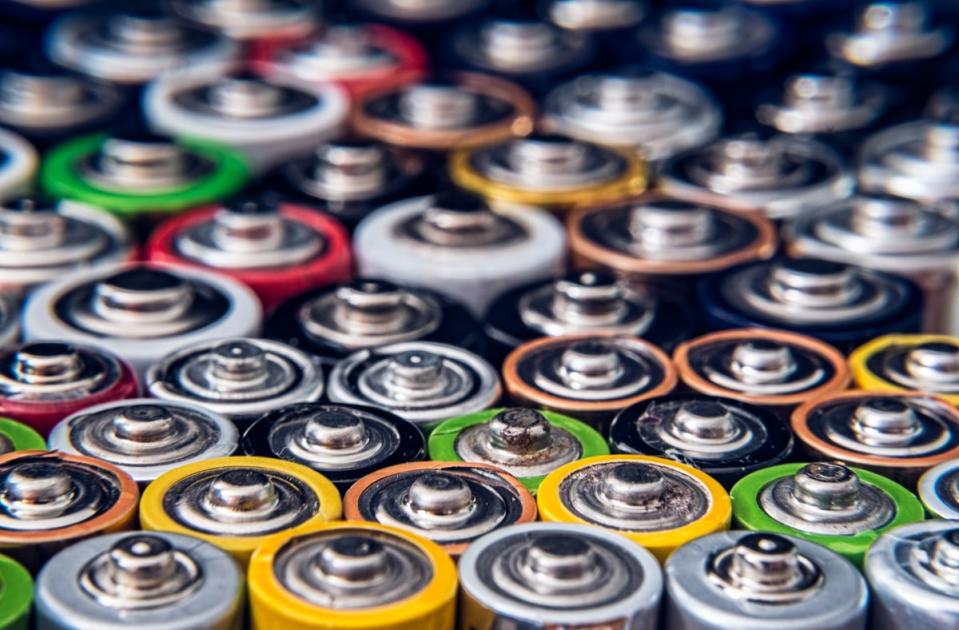Researchers create new ‘bumpy’ battery that can work at freezing temperatures

Scientists have been able to develop a battery that can work in sub-zero temperatures.
A paper published by chemical engineers in China has pushed lithium ion batteries to work at -35 degrees Celsius.
These kinds of batteries work by the positive side of the two electrically charged plates inside the battery eventually losing its ions, which travel through an electrolyte to the negative plate. When the battery is plugged in, the ions return to their original position.
However, under cold conditions, the ions struggle to exit the electrolyte and move to the negative plate. The new research, published in the journal ACS Central Science, suggests a solution: replacing the graphite that is usually used for negative plates with a new colbalt compound.
By heating the compound to extremely hot temperatures, they pushed the atoms into a flat plate that is still bumpier than graphite - the material that is traditionally used in batteries.
With more bumps, it is easier for the lithium ions to latch on to it and work more efficiently. “The key to addressing the low-temperature capacity loss lies in adjusting the surface electron configurations of the carbon anode”, the researchers write.
The resulting battery worked at chilling temperatures, keeping its power over 200 cycles of charging and recharging.
Currently, this method has only been tested in small batteries – the coin-shaped design that is used in watches. Researchers will need to test a way to make the same principle work in larger batteries.
“The material is scientifically interesting,” Enyuan Hu, a battery chemist at Brookhaven National Laboratory who wasn’t involved in the paper, told Popular Science. “But its practical application may be limited, as it requires [a] complicated synthesis route.”
This is because the cobalt compound is still expensive to manufacture, but could be used in specific applications such as electric vehicles – where cold weather can decrease their range by 30 per cent.

 Yahoo Finance
Yahoo Finance 